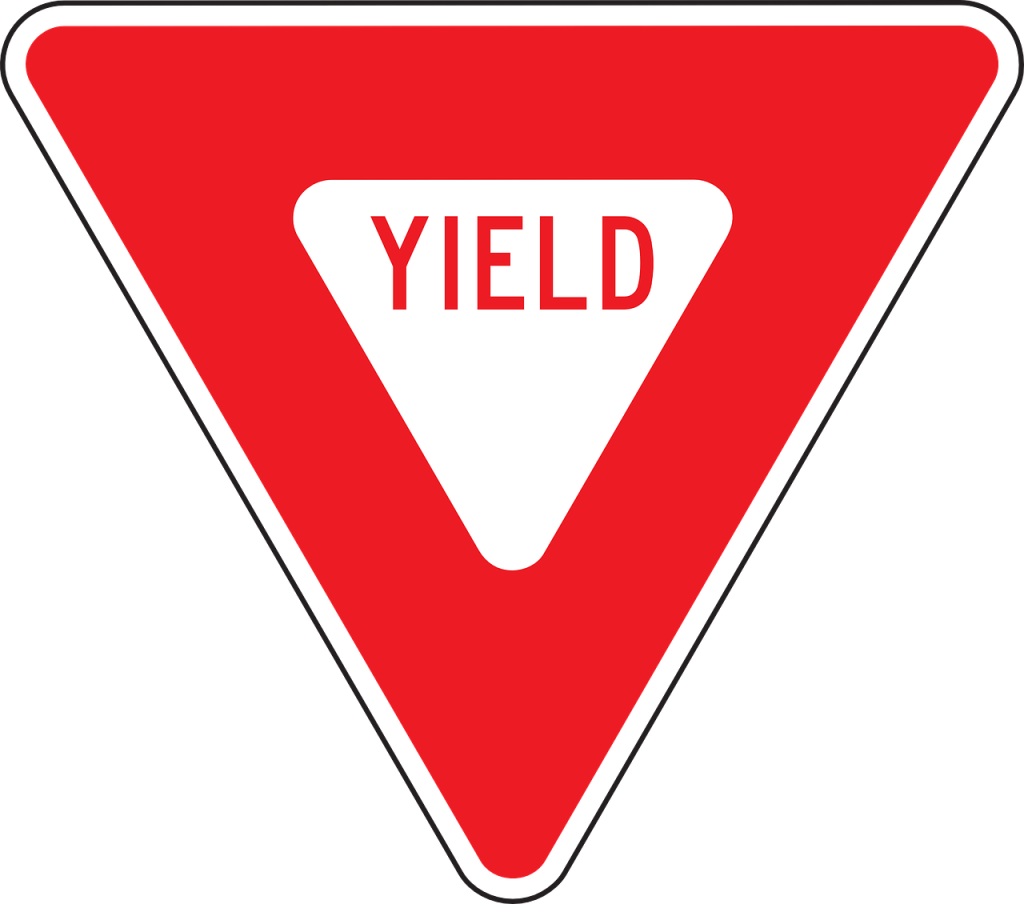Lesson Five: Searching and Yielding at Intersections (3.5)
 Failure to Yield
Failure to Yield
What are some clues that you are approaching an intersection?

Types of Intersections
Controlled intersections have signals or signs. Uncontrolled intersections do not have any signals or signs and you need to know the yielding laws.

 Searching and Yielding at Intersection
Searching and Yielding at Intersection
 Searching Intersections While Moving
Searching Intersections While Moving
 Searching Intersections While Stopped
Searching Intersections While Stopped
Searching Intersections
Approaching an intersection requires a thorough search of the target and surrounding areas.
When do you use a 45° search?
When do you use a 90° search?
Yielding
Failure to yield is a common mistake that causes many collisions. Signs, signals, and markings work together to tell you who must yield.
 The right of way is given, NOT taken. Traffic laws are written in terms of who failed to yield the right of way, not who has the right of way. Yielding is your legal responsibility. If someone does not yield to you when the law requires it, yield to them and be courteous. At all intersections, yield to any traffic that is already in the intersection.
The right of way is given, NOT taken. Traffic laws are written in terms of who failed to yield the right of way, not who has the right of way. Yielding is your legal responsibility. If someone does not yield to you when the law requires it, yield to them and be courteous. At all intersections, yield to any traffic that is already in the intersection.
At a roundabout, you are required to yield the right of way to any traffic already in the roundabout, as well as pedestrians and cyclists.
Yielding the Right of Way WKST
 Yielding WS Activity
Yielding WS Activity
Essential Questions
-
What are the searching strategies used when approaching an intersection?
-
What is yielding?
-
What are some solutions for overcoming vision and path restrictions?
An intersection with either a traffic signal or a sign, directing yielding responsibility.
Intersection that has no signs or signals to regulate traffic.
Stopping or slowing to allow another roadway user to go before you.
Circular intersections with a center island. Traffic moves in one direction, counterclockwise, around the center island.